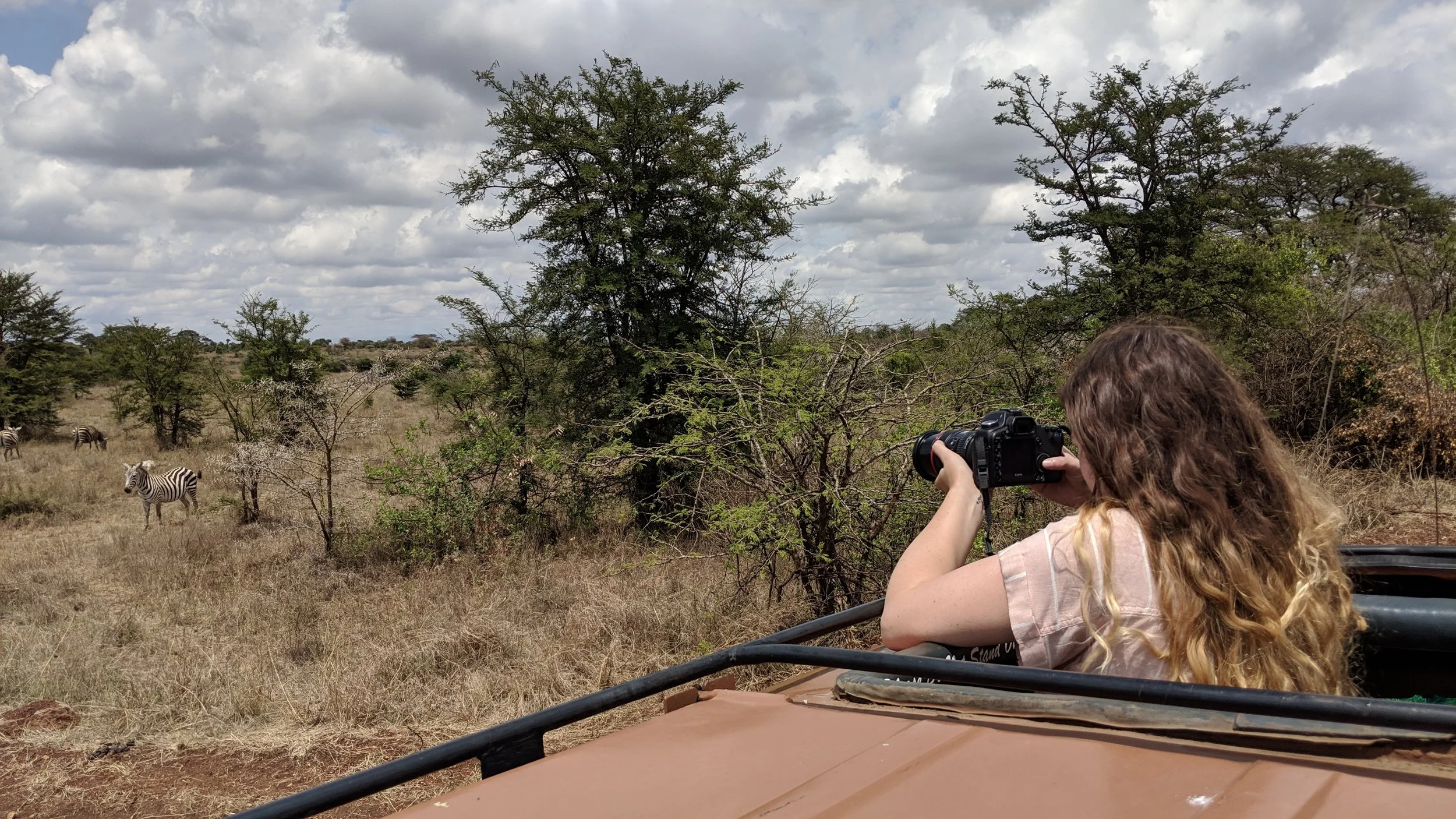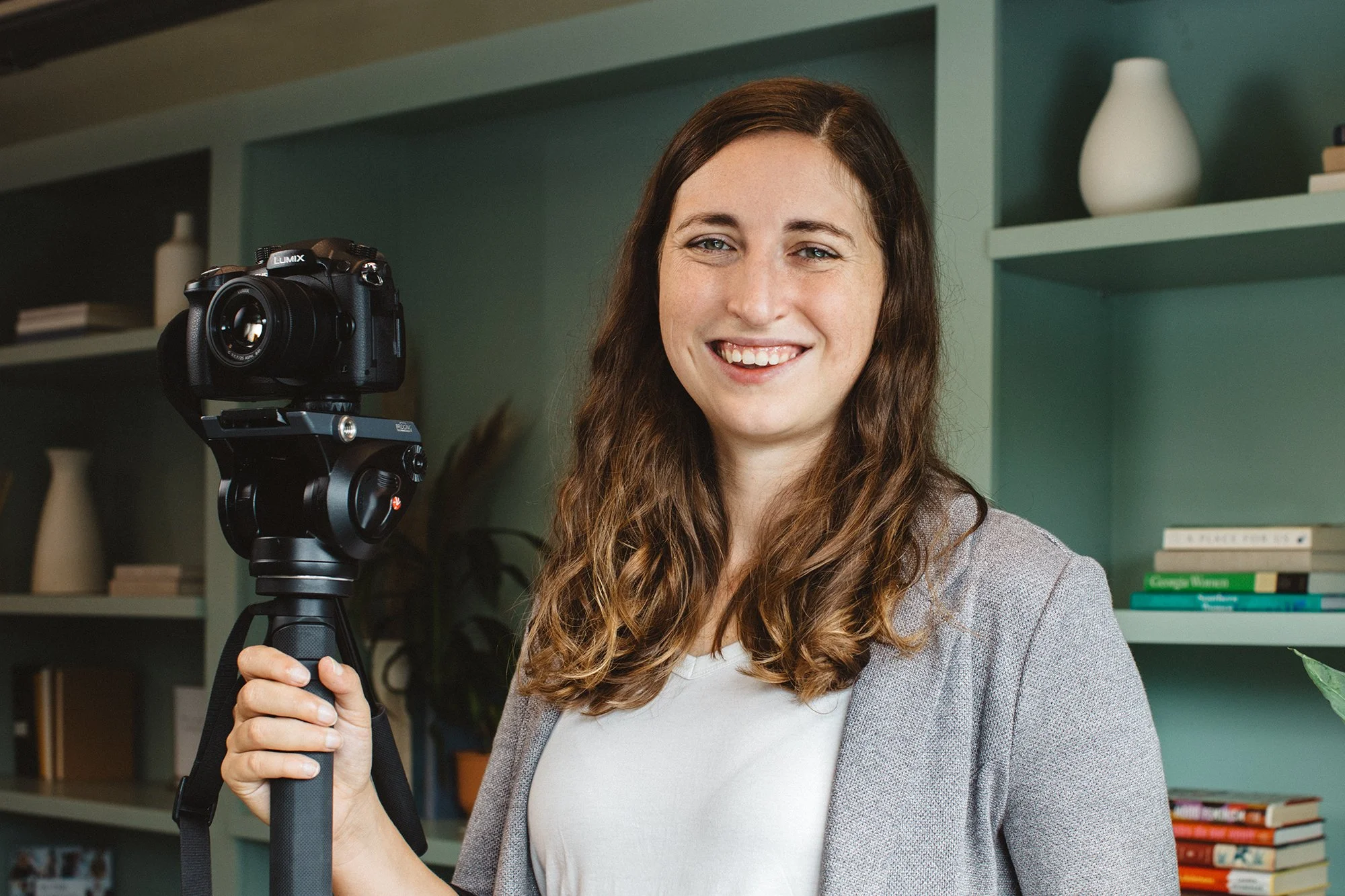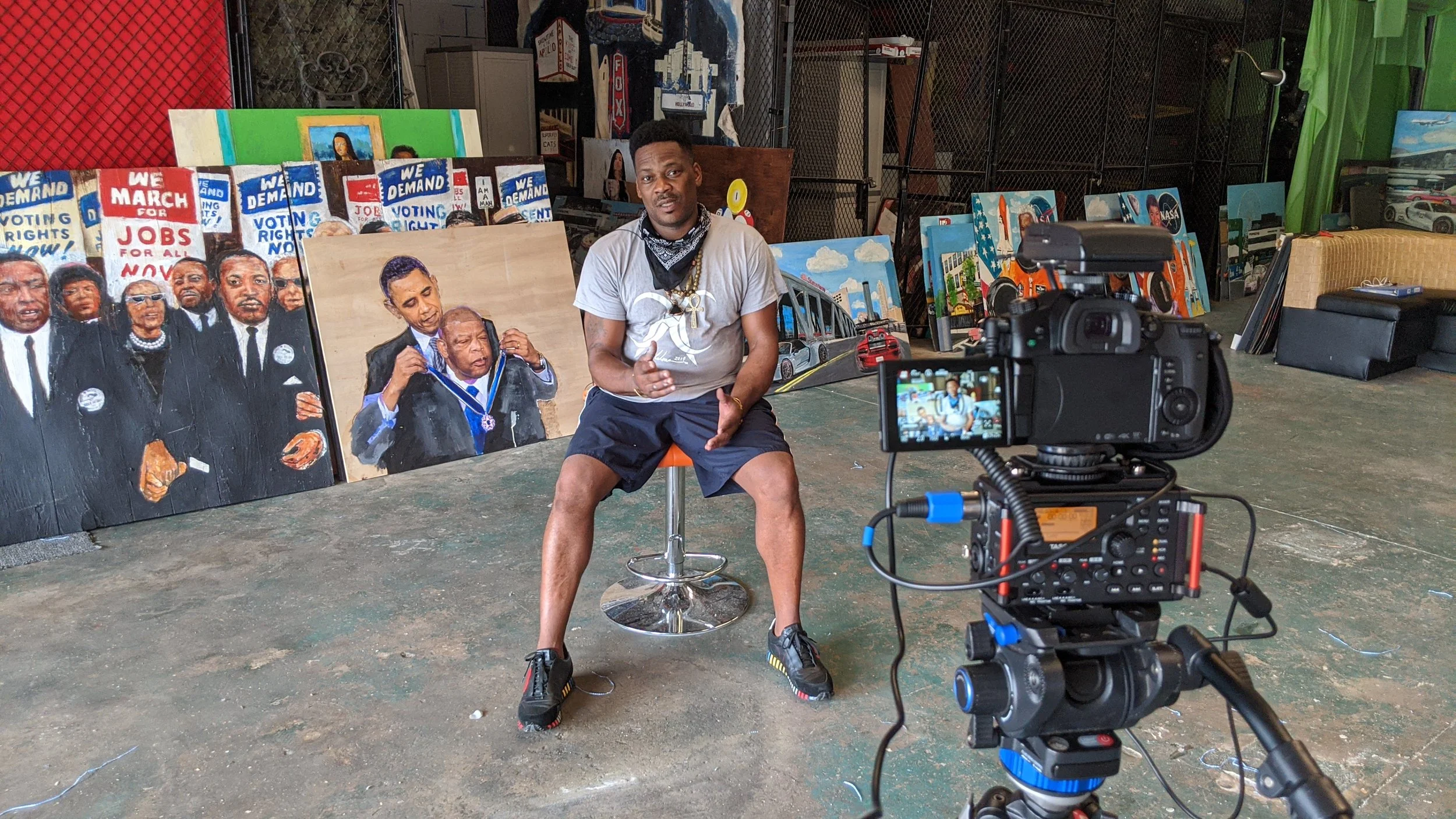TGL Trusted: Making Mission-Driven Videos That Matter (with Goodier Creative)
Welcome back to TGL Trusted, our monthly series where we sit down with experts we trust to bring you deeper insights into the digital marketing topics that matter most. Last month, we explored how organizations can create engaging visuals with Rocketkoi.
Today, we’re talking all about video: An essential tool for nonprofits and purpose-driven businesses to tell compelling stories that engage their audiences and drive real impact.
Whether you’re creating a fundraising video, promoting awareness for a cause, or advocating for your mission, making a great video isn’t just about hiring a videographer. It’s about collaboration, strategy, and knowing what to ask for. To help break it down, we teamed up with Goodier Creative, a studio that helps nonprofits and purpose-driven organizations bring their stories to life through video.
As Erin Goodier, Founder of Goodier Creative, puts it:
“Video has the power to tell stories of resilience, change, and hope. I fell in love with video when I was 12 and dreamed of being a film director. But when I discovered the impact it could have in the nonprofit world, I never looked back. In the words of Mr. Rogers, ‘Look for the helpers.’ I’m lucky enough to work with them daily, and that keeps me going.”
The Big Picture (and the Tiny Details)
Before you even contact a videographer, start by thinking about the big picture and the small details.
Big picture questions to consider:
What mood or emotion should your video convey?
What’s the core goal? Are you trying to drive donations, encourage sign-ups, or inspire awareness?
How will this video fit into your larger campaign or organizational strategy?
Smaller (but still important) details:
What resources do you already have? This includes brand assets, logos, or existing footage.
Do you have staff, volunteers, or clients who are comfortable on camera?
Are there locations or props that could help visually tell your story?
“When you know your goals and what’s available to work with, it makes planning and execution so much smoother.”
- Erin Goodier, Founder of Goodier Creative
The more you can clarify upfront, the better your videographer can plan the shoot and deliver results that match your vision. Don’t be shy about your goals; being transparent about what success looks like sets the foundation for a video that actually works.
How Video Fits Into Your Larger Marketing Strategy
A video doesn’t exist in isolation. Understanding your audience, how this video complements existing messaging, and how it connects to other initiatives is essential. Collaboration at this stage, whether with your internal marketing team or with outside partners, ensures the video supports larger campaigns and lands effectively with your audience.
Think about the role the video plays in the bigger picture. Is it meant to raise awareness, nurture existing relationships, or drive a direct call to action? For example, a short-form social clip might work best as a teaser for a larger campaign, while a long-form piece could anchor a thought leadership series. Small adjustments during planning, like tailoring length, format, or platform-specific edits, can make a big impact.
When done thoughtfully, video not only tells a strong story on its own but also strengthens your brand’s voice across channels and helps campaigns resonate with multiple audiences.
“A video is only as effective as the strategy behind it. Knowing where it fits in your marketing and how it works with other partners is critical.”
- Erin Goodier, Founder of Goodier Creative
Pre-Production & Planning Shots
Once your strategy is defined, it’s time to plan the shoot itself. Pre-production is where you identify must-have moments and visuals, ensuring nothing crucial is missed.
Ethical storytelling is critical at this stage, ensuring participants are represented accurately, respectfully, and with agency over how their stories are shared. For nonprofits, this also means avoiding stereotypes or overly dramatic portrayals, centering strengths and resilience instead of just challenges, and being transparent about how the footage will be used.
“A good shotlist gives structure, but flexibility is key. Let your videographer tell the story visually too.”
- Erin Goodier, Founder of Goodier Creative
This is also the time to gather brand assets, props, and any locations you’ll need, so everything runs smoothly on shoot day. Thoughtful planning here not only ensures a better final product but also builds trust with the people whose stories you’re telling.
Production & Timeline Management
Production is the stage where your video vision comes to life. From setting up the shoot and directing on-site to capturing footage and managing the many moving pieces that keep everything on schedule, video production requires more time and coordination than standard photography. Setting up and breaking down usually takes at least 45–60 minutes on each end, and if you’re filming alongside a photographer, expect some additional transition time.
Identifying decision-makers early and setting clear expectations for revisions ensures a smoother process, avoids rush fees, and helps everyone stay on track. Transparent conversations with your videographer at the start of the project, about timelines, goals, and the review process, will help align expectations and keep production moving efficiently.
Post-Production & Maximizing Your Investment
Post-production is everything that happens after filming wraps. This includes editing, sound design, graphics, captions, and preparing different versions of your video for various platforms. It’s where raw footage becomes a story that engages your audience. Because this stage is often the most time and resource-intensive, it’s also where you have the biggest opportunity to maximize your investment. That’s why Erin emphasizes the importance of close collaboration and being specific with feedback during post-production.
“Vague feedback slows things down. Instead, explain what’s missing or what you’d like to see changed. For example, ‘This section feels too slow, can we add more variety in the b-roll?’ or ‘The tone here feels too formal; could we bring in more natural dialogue?’ Specific feedback saves time, avoids unnecessary rounds of revisions, and helps you reach the final product faster.”
- Erin Goodier, Founder of Goodier Creative
Erin also suggests planning for multiple uses and final versions of your footage from the start. An overview video can easily be adapted into short, punchy social clips, a sizzle reel (a short, high-energy video highlighting best moments) for events, fundraising highlights, or even onboarding content for staff.
With a little foresight, tweaks like changing a call-to-action or resizing a video for different platforms take minimal effort but dramatically increase your ROI. Collaborating closely with partners like TGL ensures footage is reused effectively across campaigns, platforms, and audiences.
All of this strategic planning sets the stage for working with an experienced agency like Goodier Creative. Their expertise ensures your video not only meets your goals but also aligns with broader campaigns. That’s what maximizing your investment really means: Extending your content’s lifespan and amplifying its impact across every channel.
Why the TGL and Goodier Creative Partnership Works
Our collaboration with Goodier Creative is built on a shared commitment to strategy, communication, and impact. Working together, we ensure every video aligns with broader campaigns, maximizes footage across platforms, and tells a story that resonates with both audiences and the communities nonprofits serve.
“The best results come from working closely with your team and other agencies. When everyone’s aligned, your video tells a consistent story across channels, and your message lands where it matters most.”
This ongoing partnership combines creative direction, audience-first storytelling, and strategic planning to help organizations get the most out of every video project.
If you’re looking to create a video that works across platforms and drives real impact, collaboration with your team and any other agencies involved in your marketing is key. With transparency, a clear vision, and thoughtful planning, your video project can deliver meaningful results, extend your content’s lifespan, and tell stories that resonate with both your audience and the communities you serve.






